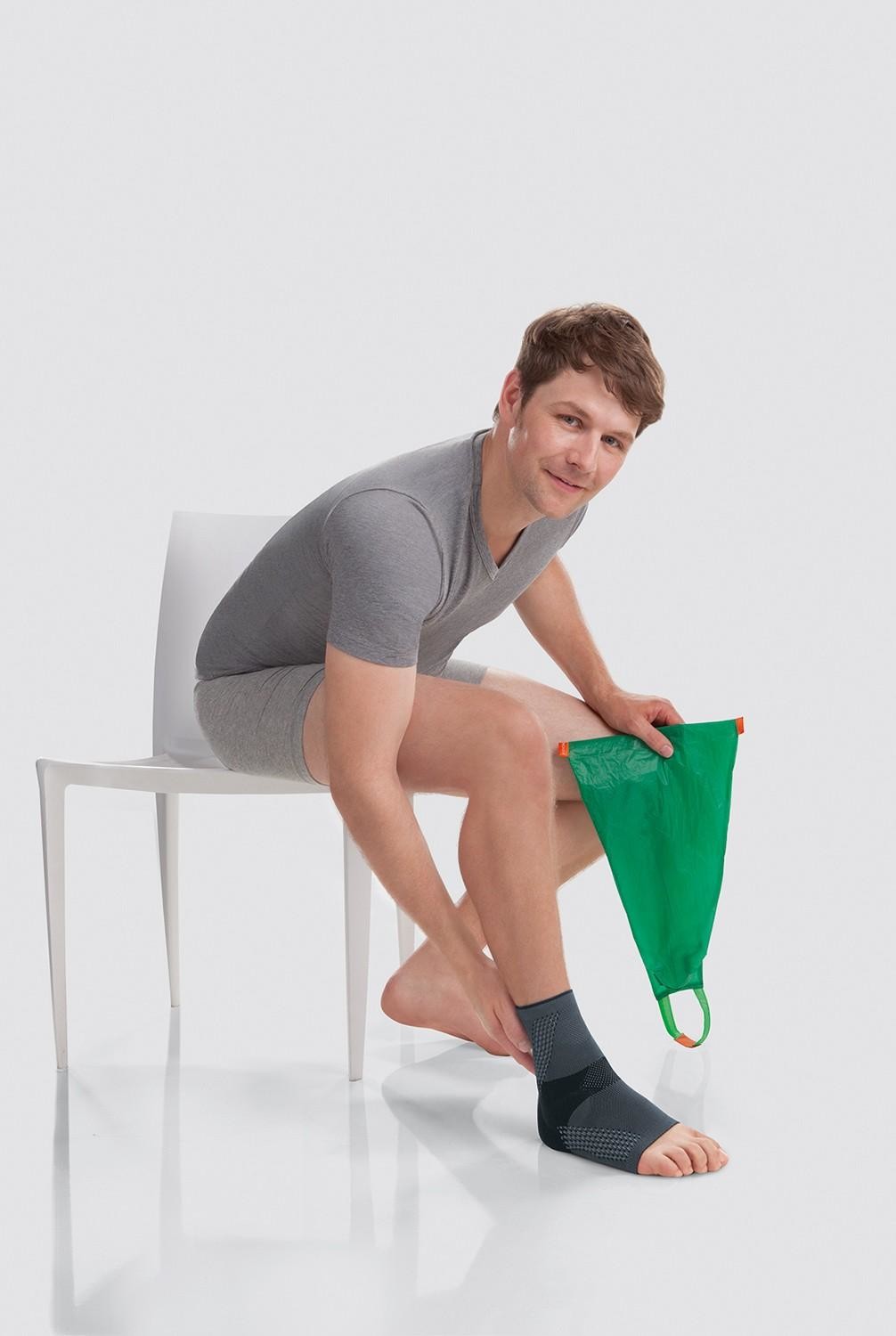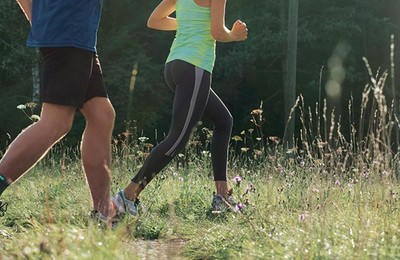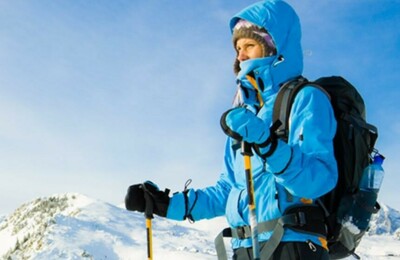“The essence of cross-country skiing is to be out and about in nature, glide over natural snow and get back in touch with yourself.” This is how Peter Schlickenrieder, silver medallist in Salt Lake City and one of the most successful German cross-country skiers, sums it all up perfectly. The once somewhat outdated winter fun has been developing into a trend sport for some time now and is attracting both young and old to the trails. And for good reason it seems: from a health and prevention aspect, cross-country skiing is a near perfect kind of exercise. It is easy on the joints, trains leg and torso muscles, the shoulder girdle and the arms. It activates more than 90 per cent of the muscles in your body – with a minimum of equipment required. This makes cross-country skiing the perfect cardiovascular workout. It counteracts high blood pressure, heart attacks and diabetes, promotes circulation, facilitates the removal of harmful substances and therefore also helps with vein problems. Additionally, it also increases endurance as well as coordination and balance. This is especially beneficial for the older generation. But there’s no shortage of fun either – more advanced cross-country skiers can reach an amazing speed.
Beginners can acquire some basic fitness levels first by starting off with Nordic Walking or cycling. Using the cross-trainer strengthens the shoulder girdle muscles, a definite advantage for using the poles in cross-country skiing. But before you really get going, an introductory course is recommended. Professional instruction not only prevents injuries due to falls but also helps you decide between classic cross-country skiing and skating. The advantage of the classic technique is that it’s easy to learn the first steps while keeping exertion to a minimum. Skating requires higher fitness levels, depending on how easy you’re finding it to master the technique. But the main movement patterns are also easy to learn and there’s plenty of fun to be had.
However, as with any sport, you should warm up before venturing out into the wondrous winter wonderland. And have a look at the trail plan as well. Beginners are advised to start on easy terrain with flat trails. You can always take a break if you happen to run out of breath on your first few miles on the trail. Longer breaks should be avoided in wintry temperatures though. Once you stop moving, the muscles will cool down very quickly. The better option is to slow down a bit but keep moving.
Clothing is an important consideration in this regard. Sufficient heat insulation and wind protection are an essential requirement for enjoying the wintry conditions, but to simply dress warmly is not the magic cure either. Fabrics that reliably wick the sweat away from the body to keep the skin dry and warm are in demand, even at frosty temperatures. A good pair of gloves and a warm hat that protects the ears round off the cross-country outfit. If you are out and about for longer than an hour, take a drink with you as the body loses fluid even at low temperatures. A banana or an energy bar provide additional energy. Let’s not forget: cross-country skiers activate more muscle groups and burn more calories at the same training intensity as, for example, cyclists or runners.
Product tip
Juzo Adventure
- Inspiration look
- Durable structure
- High-quality knit
The Juzo Adventure is the perfect companion for cross-country skiing. Thanks to the high cotton content, it is also extremely skin-friendly. The all-rounder for active people!






